When do you need an AVR, UPS or a surge protector?
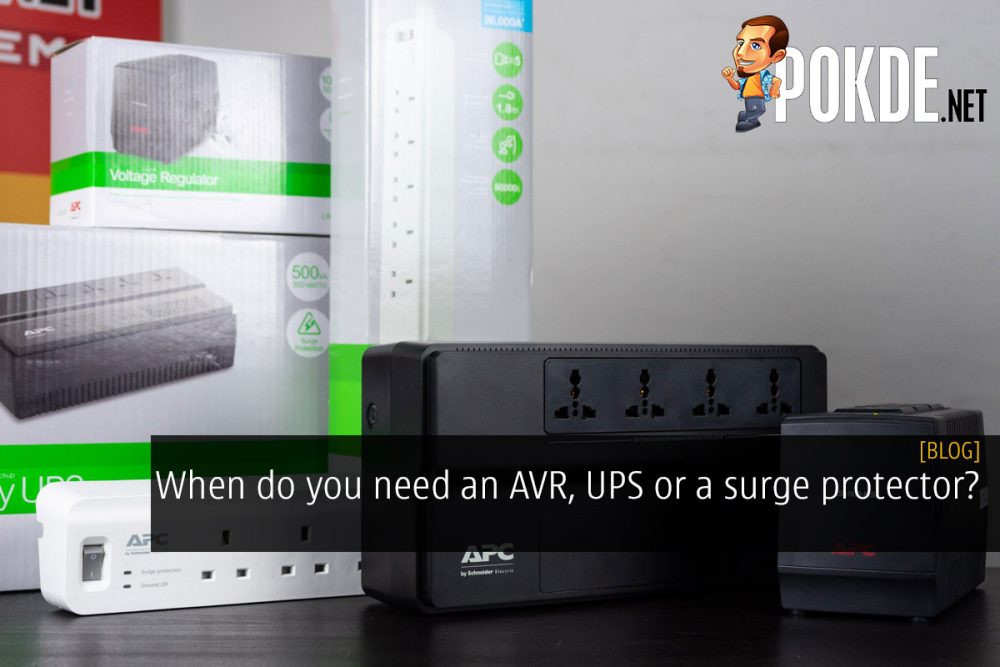
In our most recent episode of PokdeLIVE, we talked about some of APC products, namely their surge protector, automatic voltage regulator (AVR) and uninterruptible power supply (UPS) offerings. The main question was when and why do you need them, and how to choose them. Well, in this article we will go through which products do you need to solve your power issues, and also how to understand the ratings on these products.
First let’s go through the difference between the products. Well, to kick things off, the names are pretty self-explanatory. A surge protector is to protect against surges, an AVR regulates the voltage delivered to the connected devices, and a UPS ensures that you get an uninterruptible power supply.
Surge Protectors
A surge protector’s main function comes about by preventing power surges from the mains from reaching the devices connected to it. How it does this is with a metal oxide varistor (MOV), which has the peculiar characteristic of having a lower resistance at higher voltages, making it perfect for this application. In a simple surge protector, a MOV connects the live wire to the ground wire.
Under normal circumstances, the MOV will exhibit high resistance, and thus will not be conducting electricity from the live wire. But when a surge happens, the MOV’s resistance drops, and the surge can then be channeled into the ground wire, avoiding the surge from reaching your precious devices.
Then comes the ratings of the surge protectors. Most surge protectors will list a Joule rating number, and as usual, the higher the better here. For example, the APC SurgeArrest 5 we have here is rated for 918 Joules. A higher Joule rating generally means that the surge protector can last longer in use when dissipating smaller spikes. Meanwhile the 36 kA Maximum Surge Current rating indicates the maximum current it can withstand before failing. A lightning-based surge can exceed 20 kA, so the APC SurgeArrest 5 is prepared for that.
Since Malaysia has quite a lot of rain and thus quite a lot of lightning, having a surge protector is pretty much a necessity to help protect your expensive devices from a shocking death.
Automatic Voltage Regulator (AVR)
AVR is going to be pretty important if the voltage supply in your area isn’t stable. But unlike the surge protector which can only protect against voltage surges, the AVR is capable of compensating voltage dips as well, while also protecting your devices against voltage surges, albeit to a more limited degree. For an idea of how much more limited, the APC Line-R 1000VA AVR we checked out is rated at 148 Joules, which is a far cry from the 918 Joules the APC SurgeArrest 5.
So how would you know that the voltage in your area isn’t stable? A common phenomenon that you might encounter where you will notice the lights dim a little when your refrigerator’s compressor kicks in, or you turn on the air-conditioner is actually a sign that there was a voltage sag in your power delivery. While you might think it doesn’t really affect you right now, you might notice shortened lifespans on your devices, or even straight up crashes on your PCs when you turn on the appliances which have a high power draw.
An AVR will help you overcome that by compensating for the voltage dip by increasing the voltage, as well as lowering the voltage down when it overshoots the nominal 240V that our appliances are designed for here in Malaysia. The APC Line-R 1000VA AVR claims to be capable of normalizing the voltage to 240V when the input voltage is in the range of 193V to 295V, leveling out the voltage delivered to the connected devices.
A number that you will have to take note of when choosing an AVR is the VA rating. The VA rating can then be multiplied by 0.6 to give you a pretty good idea of what’s the maximum total power draw of the devices you can connect to the device. APC makes it a bit easier by giving you a value in W too. For the APC Line-R 1000VA, that’s 500W, which means the total power draw of the connected devices must not exceed 500W to not overload the AVR and render it ineffective.
Uninterruptible Power Supply (UPS)
If you often suffer blackouts in your area, then a UPS is what you need. A UPS also serves the functions of of an AVR, while also adding on battery backup power. It’s voltage regulation functionality covers a pretty wide range too, from 170V to 280V. In the event of unstable power, the UPS can also switch to battery mode, to protect your devices by isolating them from the power supply from the wall.
The addition of a battery does mean that the UPS is a more advanced piece of hardware, which also means higher costs. UPSes are rated with VA ratings like AVRs, and the APC BV500I-MS here is rated for 500VA, or a 300W maximum power draw.
APC claims that this rather basic UPS is capable of sustaining a 180W load for about 3 minutes, or a 240W one for about 30 seconds. While that doesn’t sound like much, it does give you enough time for you to save your work progress before your PC shuts down. If you want more, you will have to opt for UPSes with higher VA ratings, which would of course cost more.
For a quick guide on how to choose your UPS, you can use the APC UPS Selector.
So now with the difference in the functionalities of the items, how to choose between them? Well, basically, all you need to do is to determine what do you need protection from. Is it surges, unstable voltage or blackouts. The above slide from APC is a pretty good TL;DR. So now armed with the knowledge, head on over to Lazada to check out the latest APC products available:
Check out APC by Schneider Electric on LazadaI hope this helps clear up about surge protectors, AVRs and UPSes for you! Leave a comment if this helped you!
















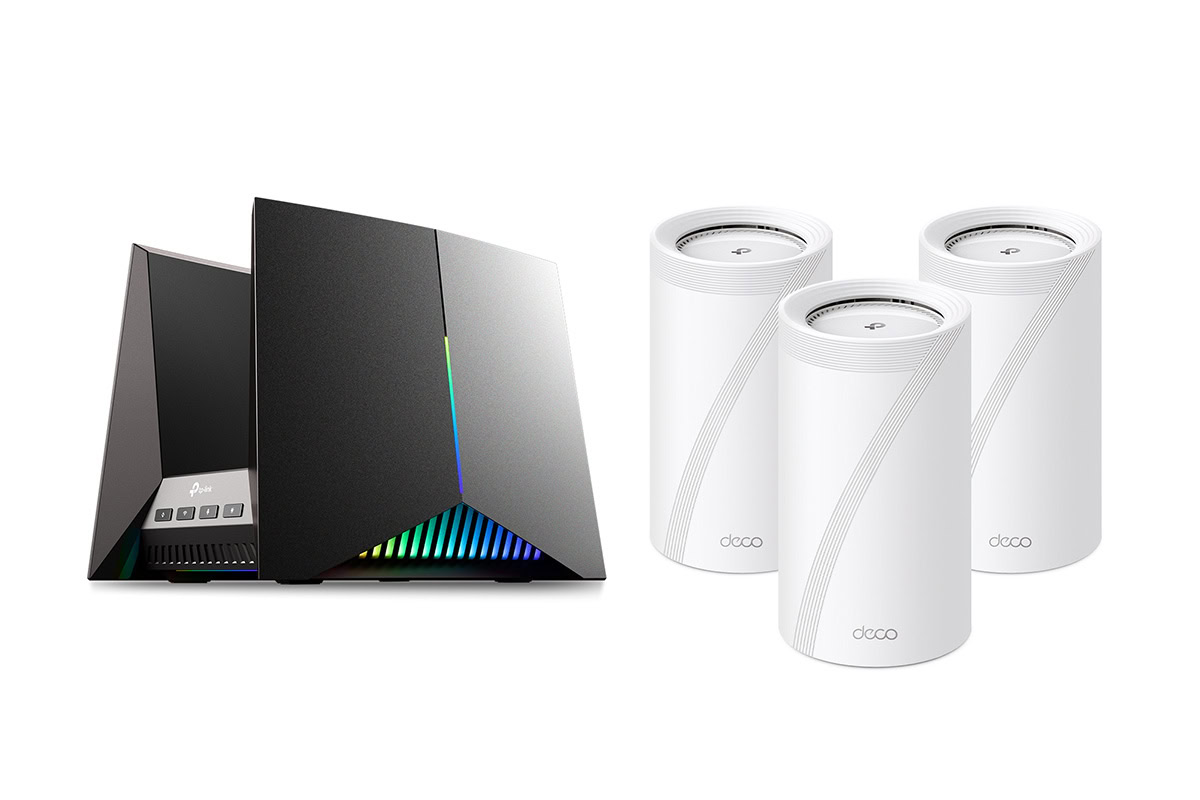
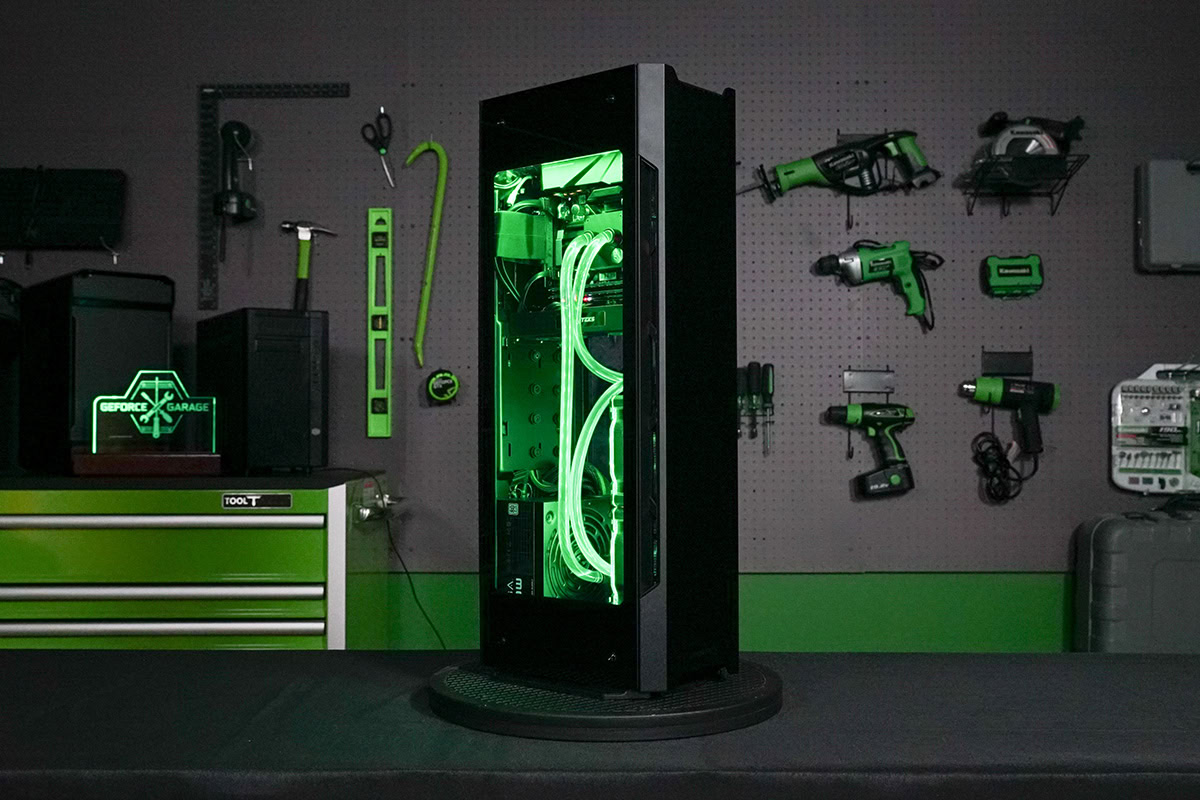

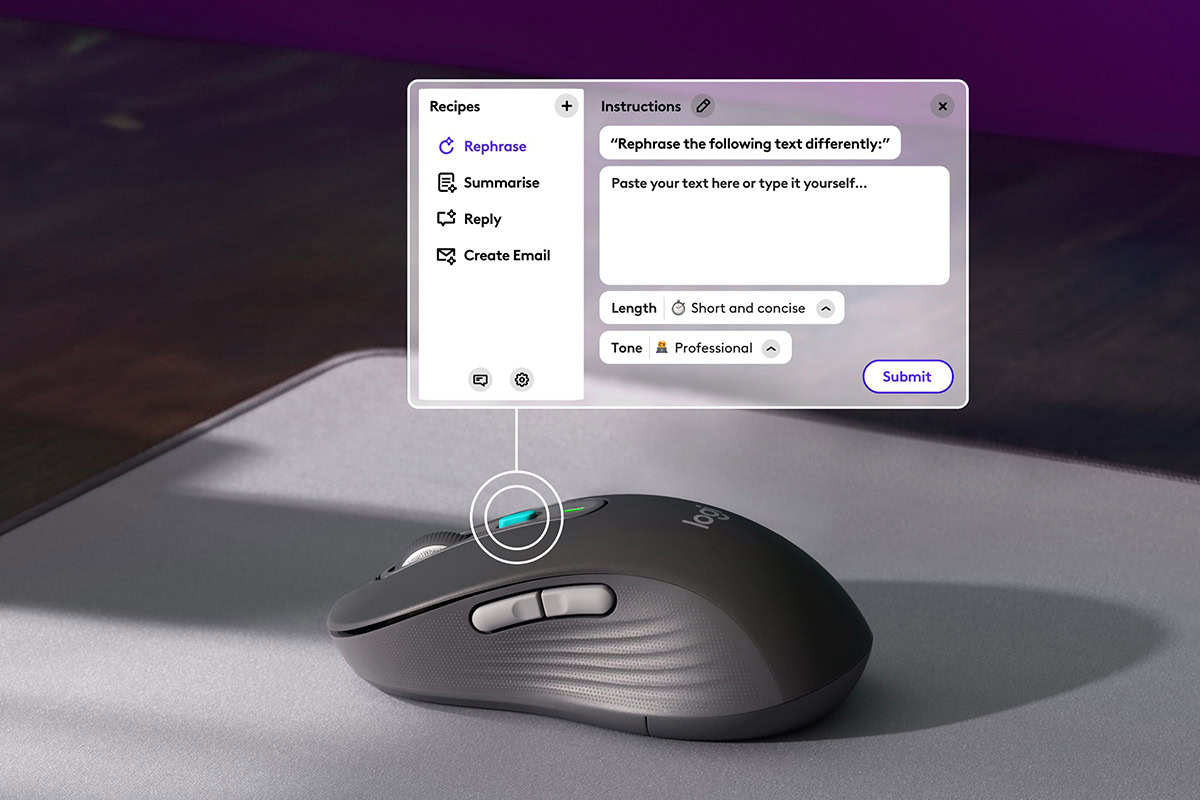
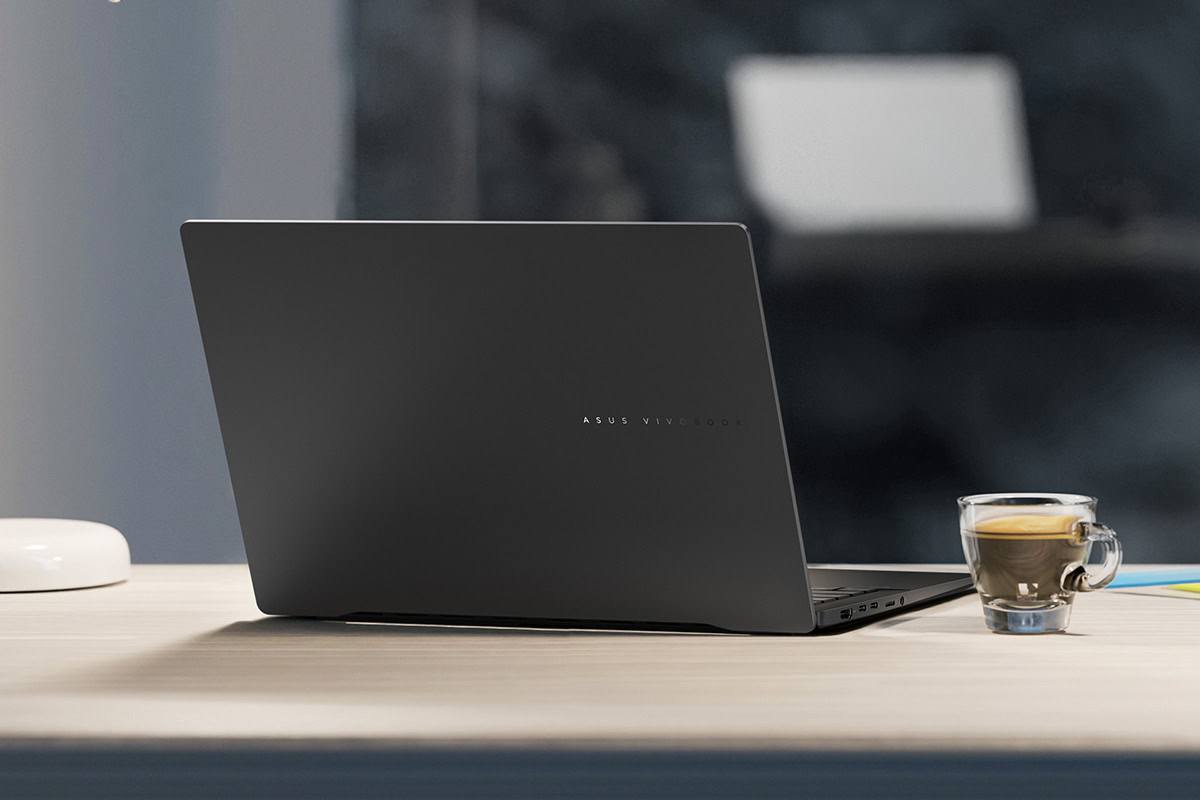








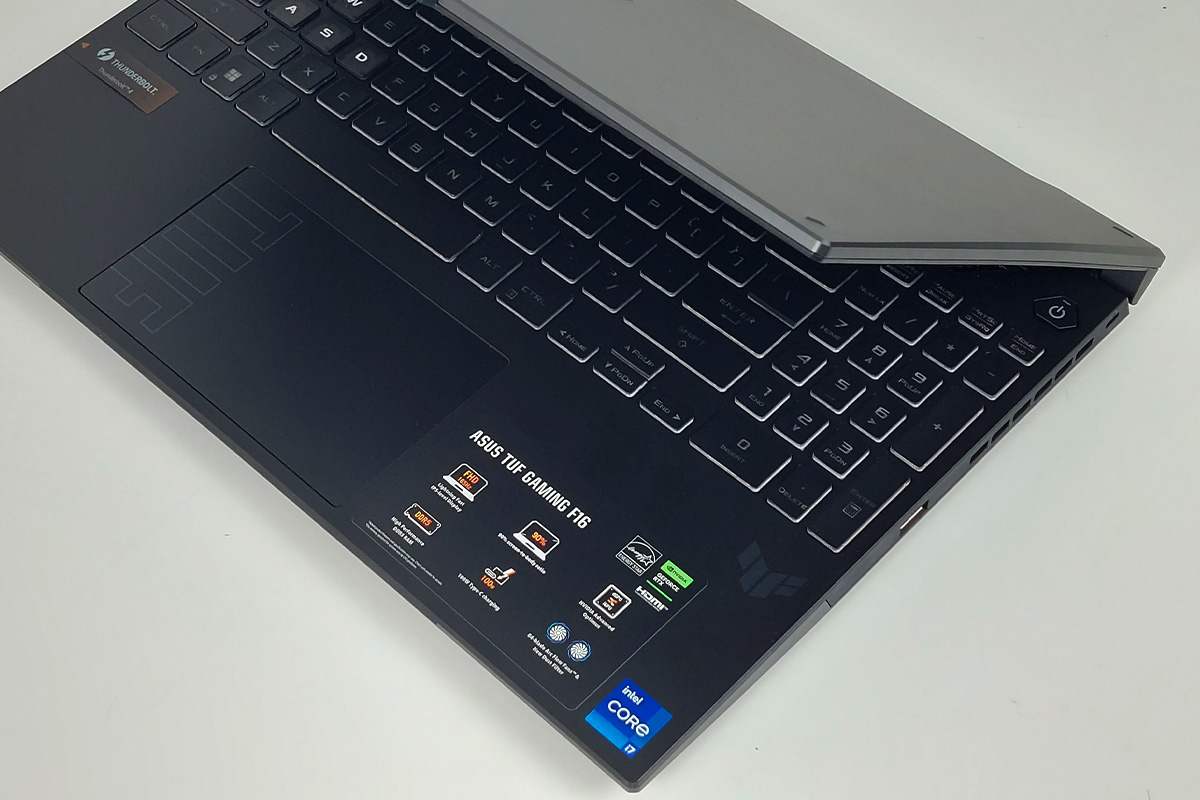












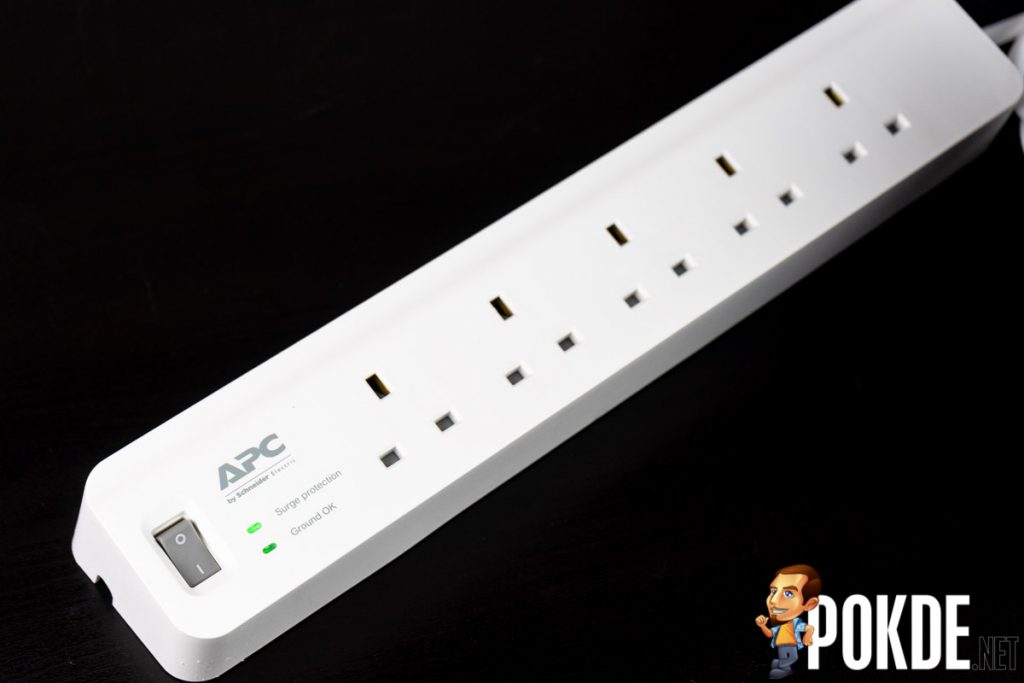
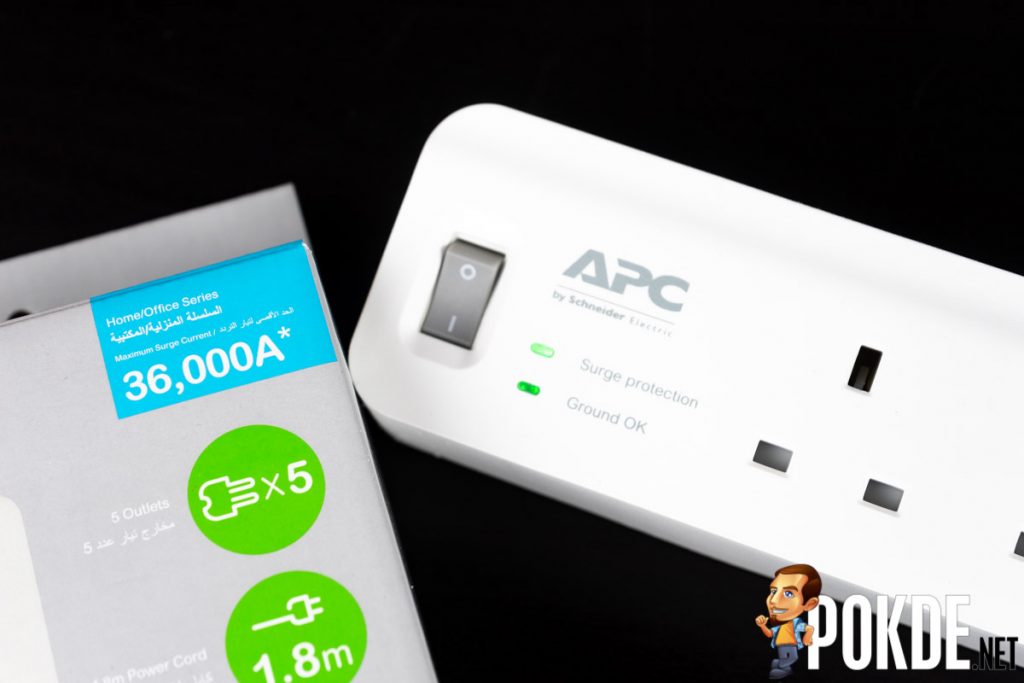
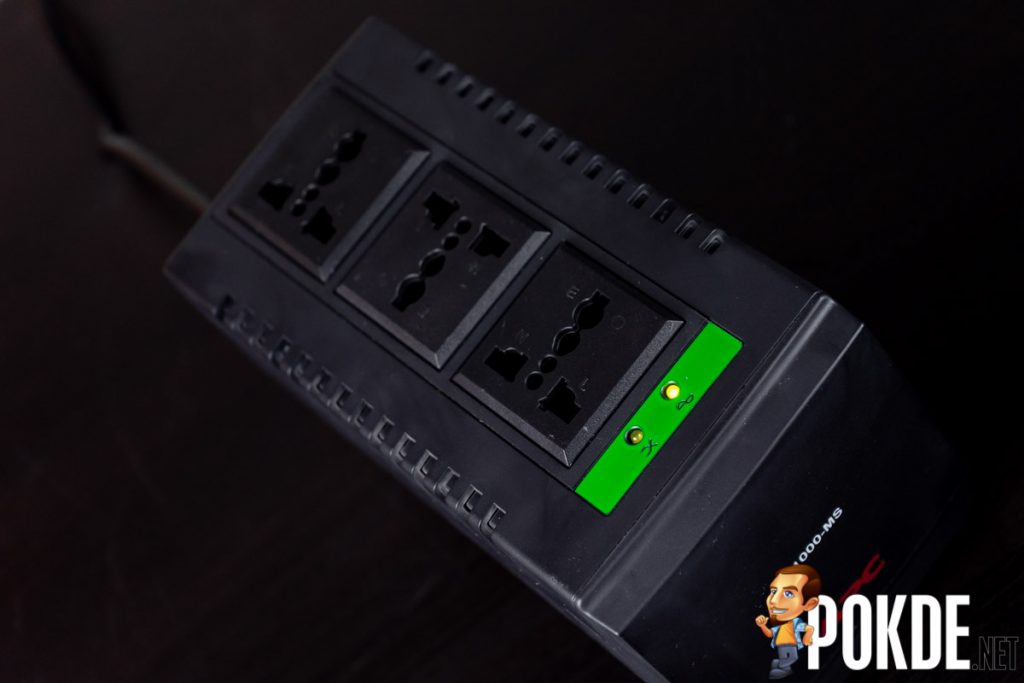

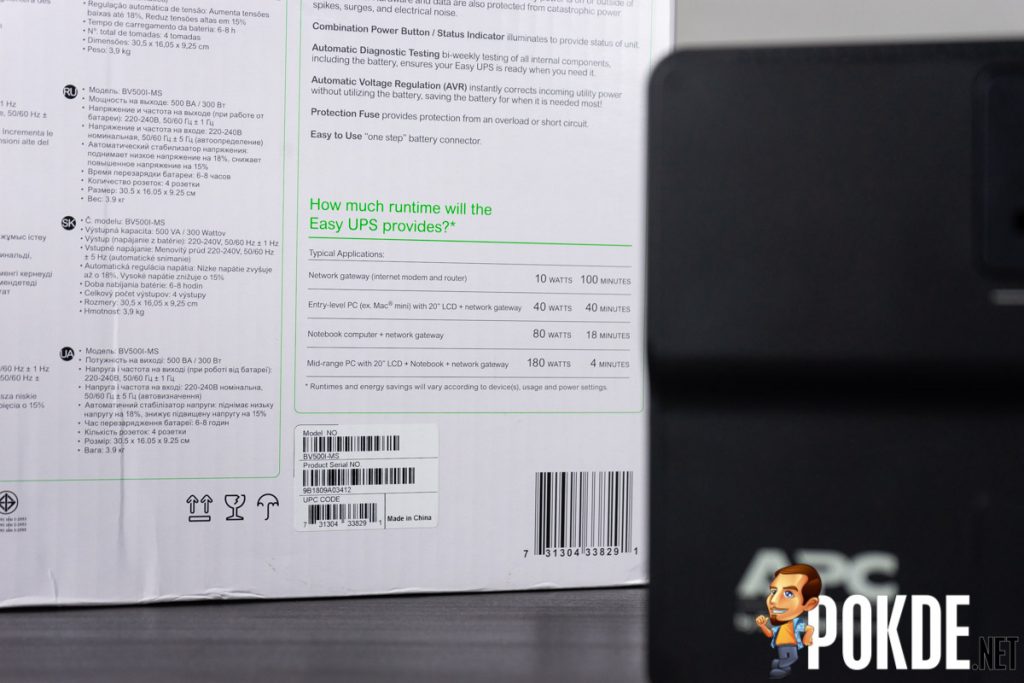
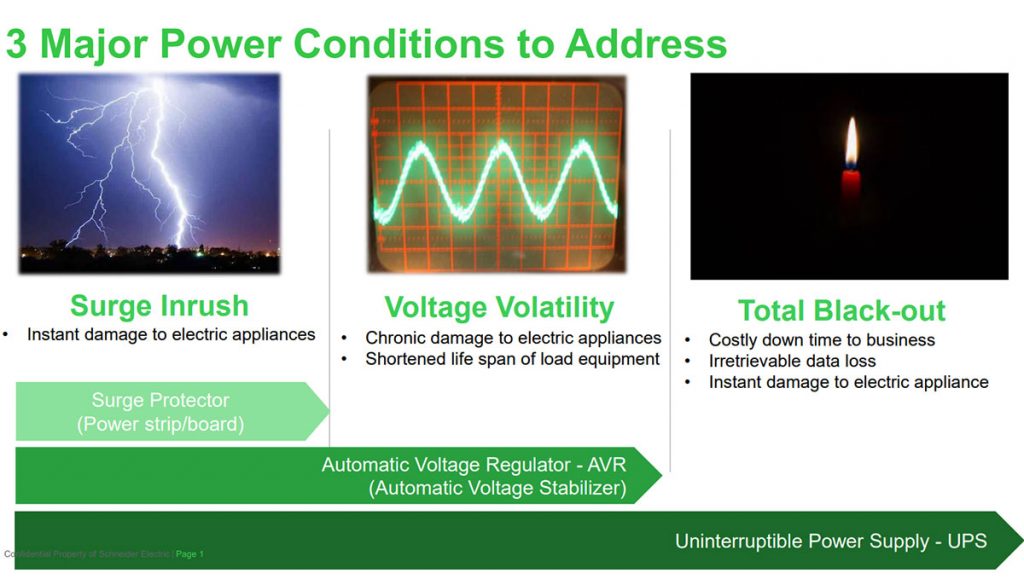












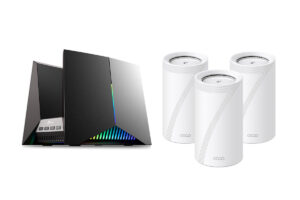

Leave a Response